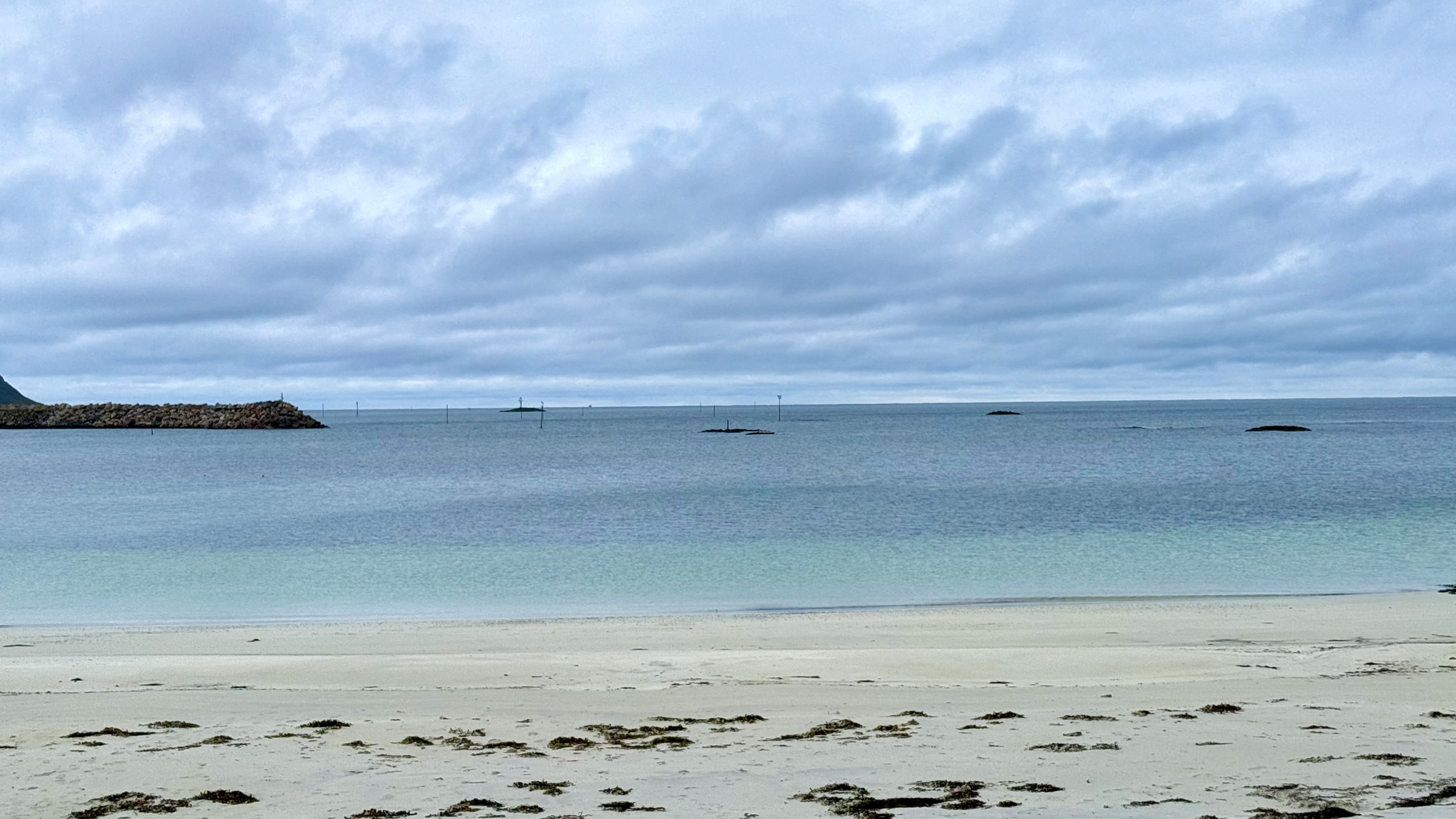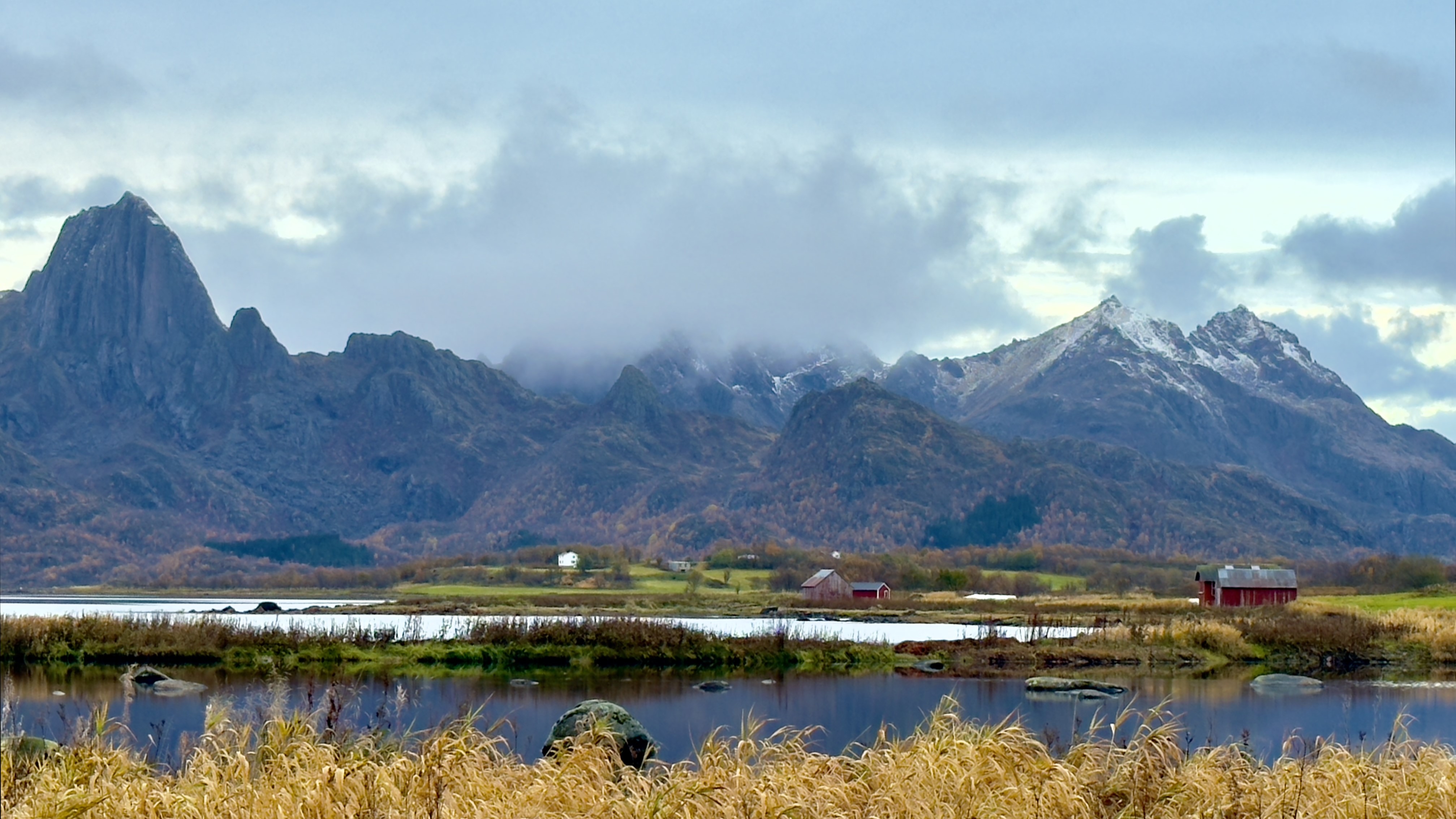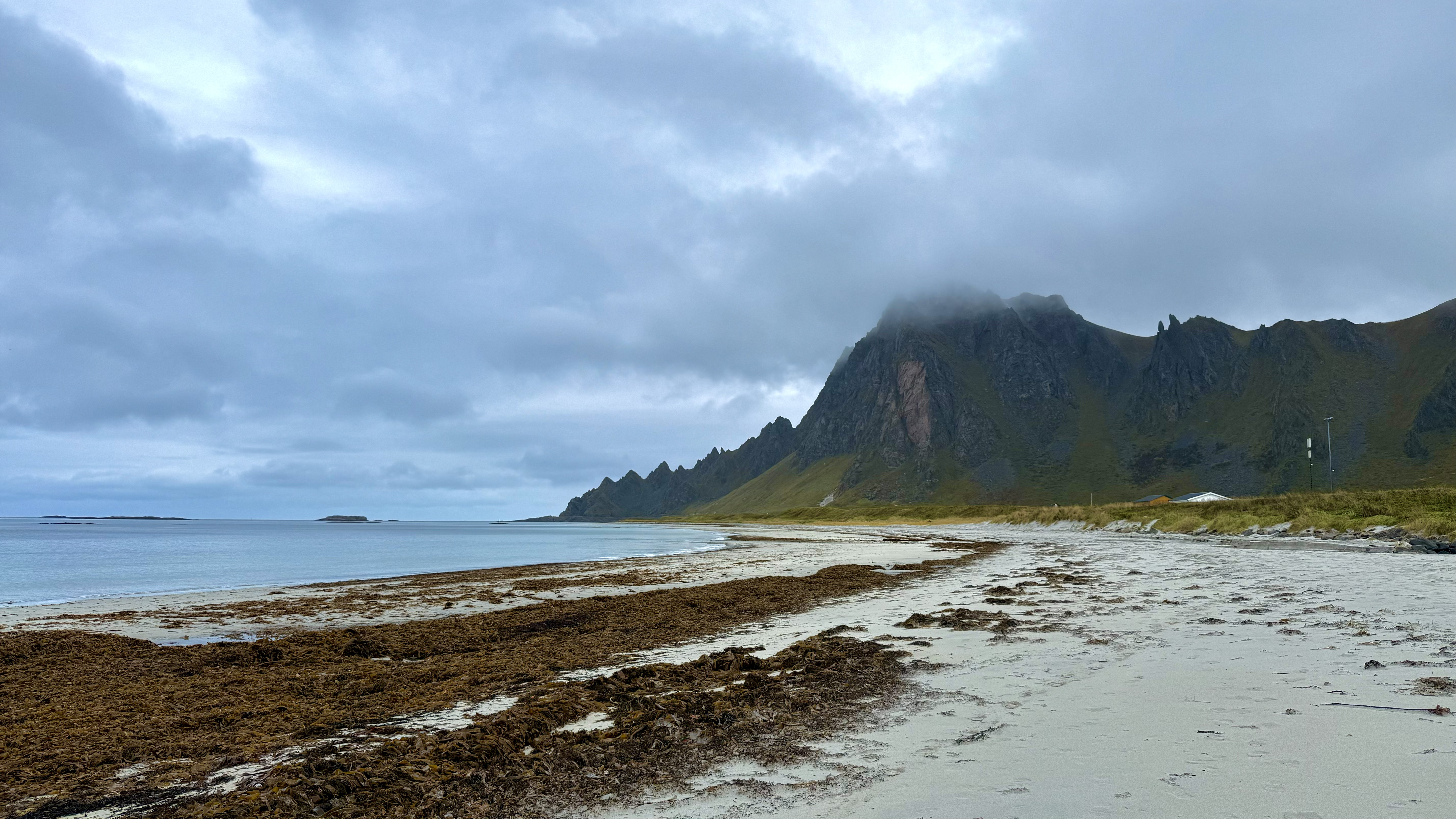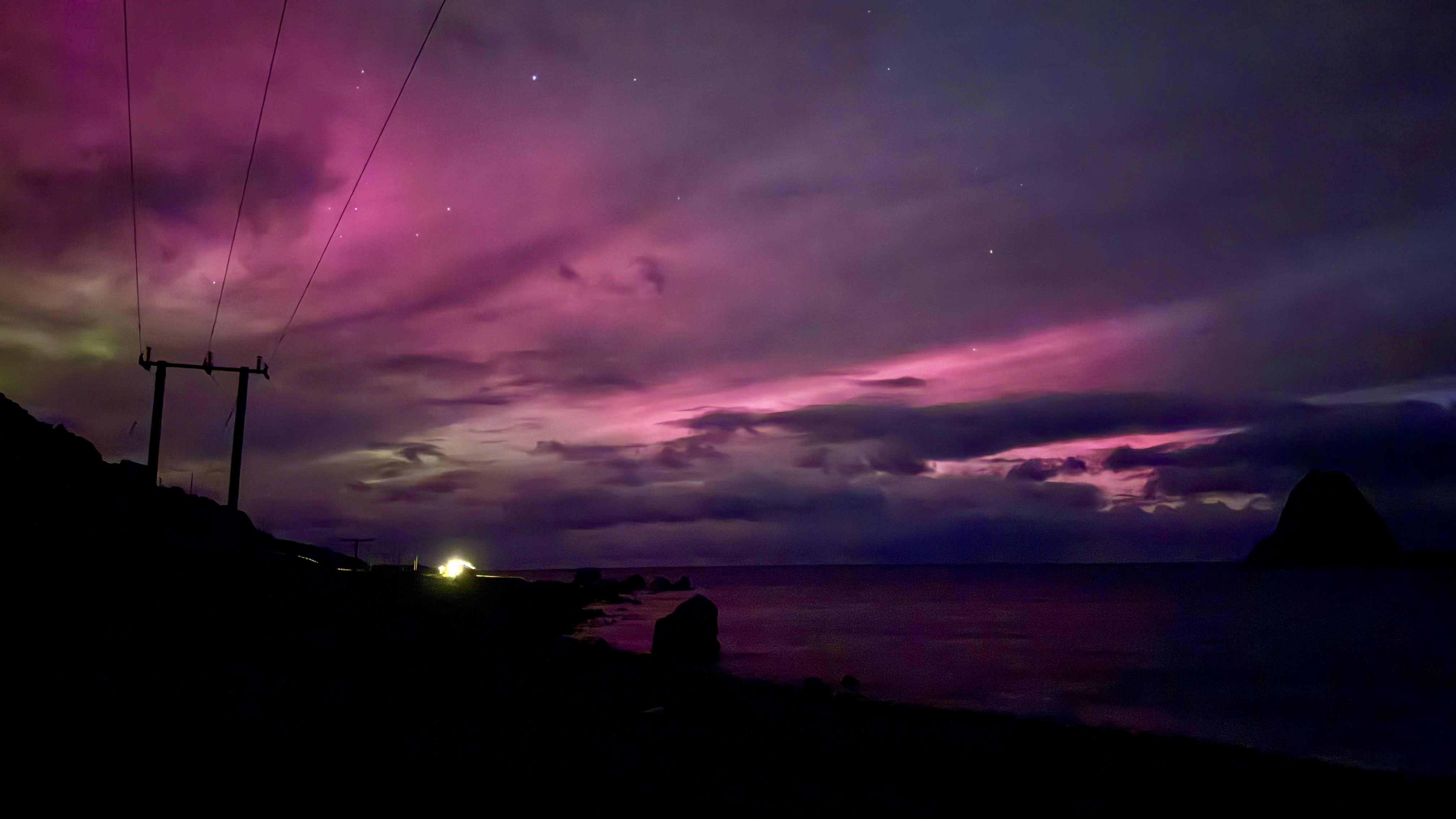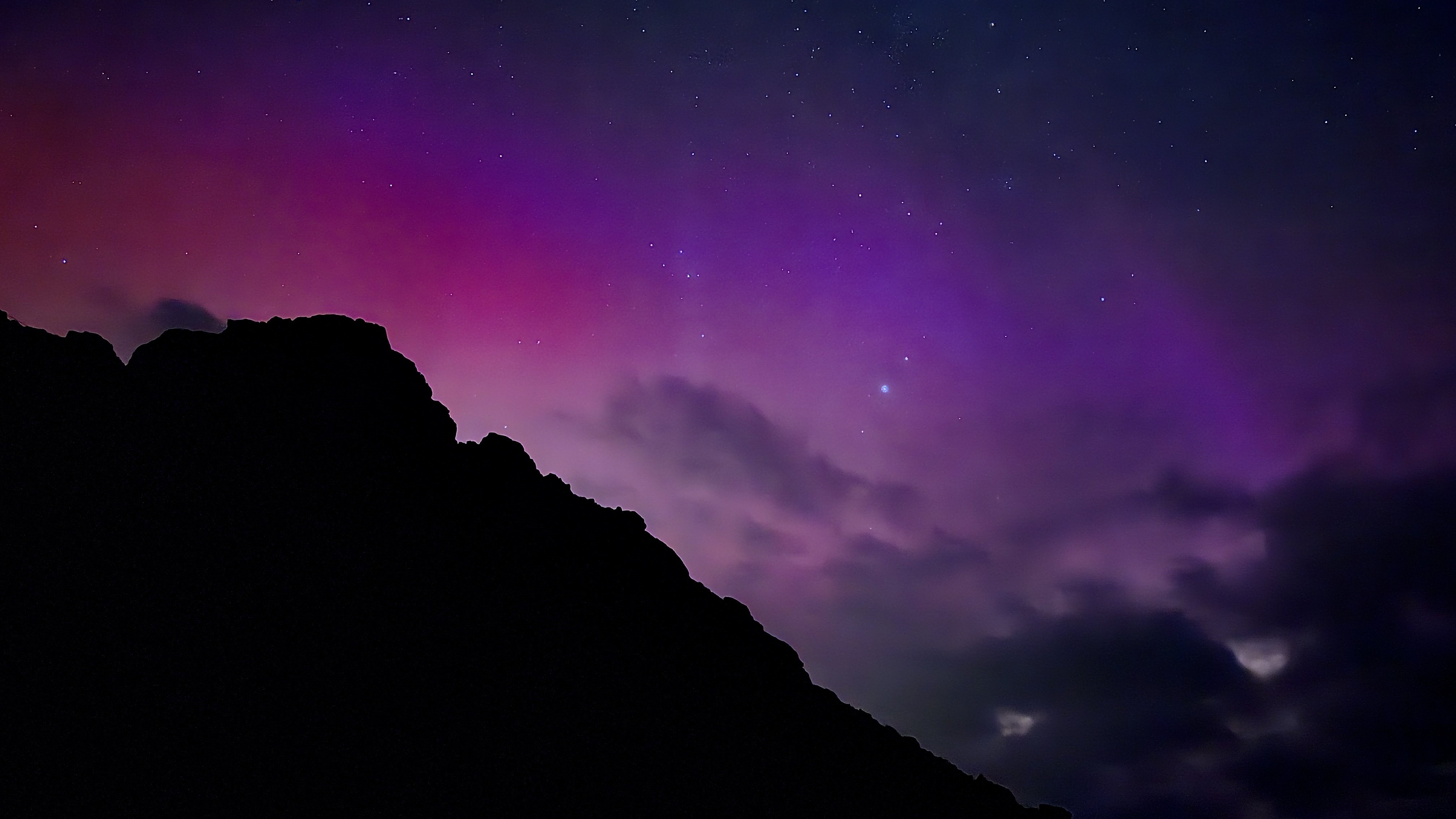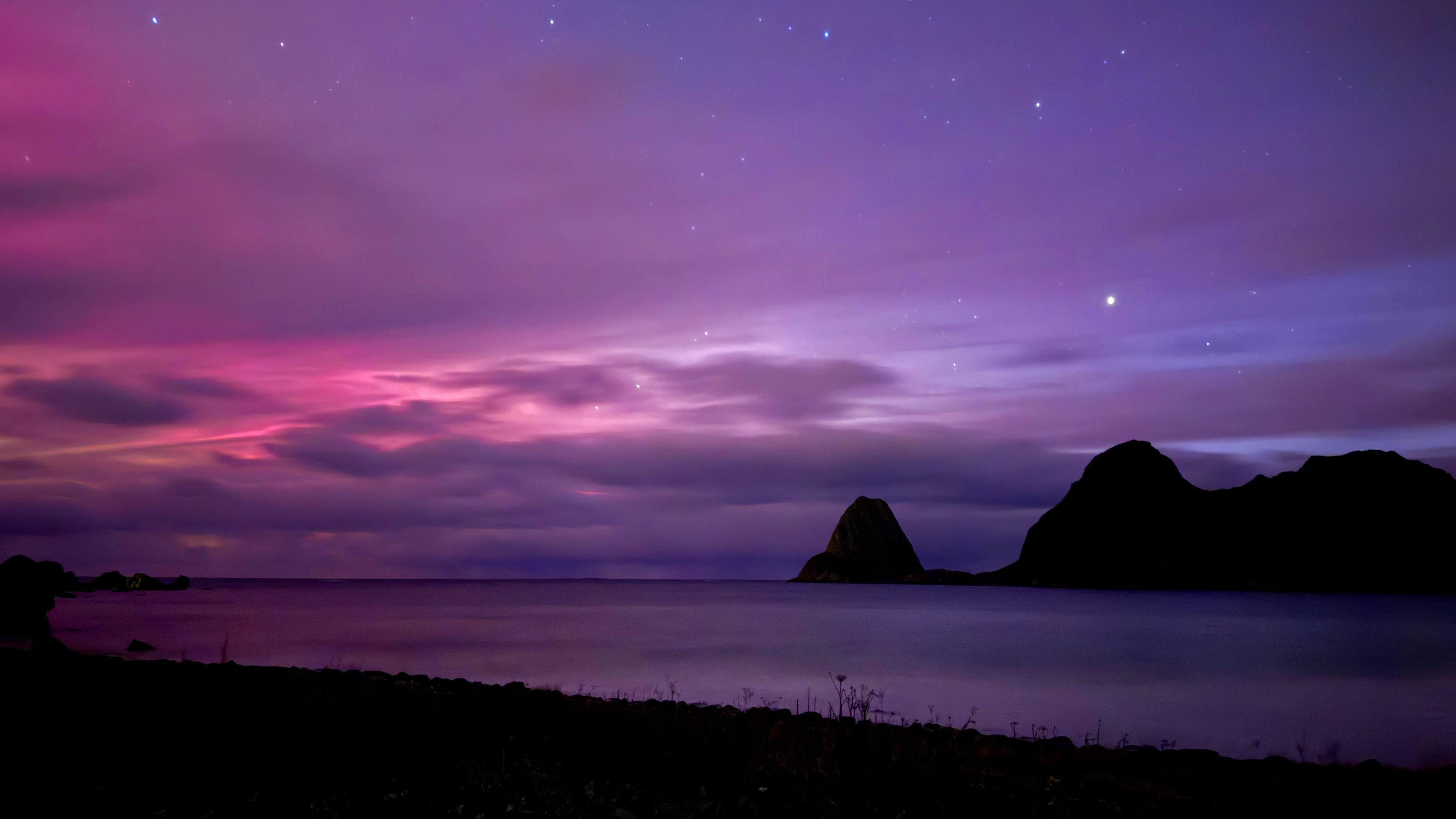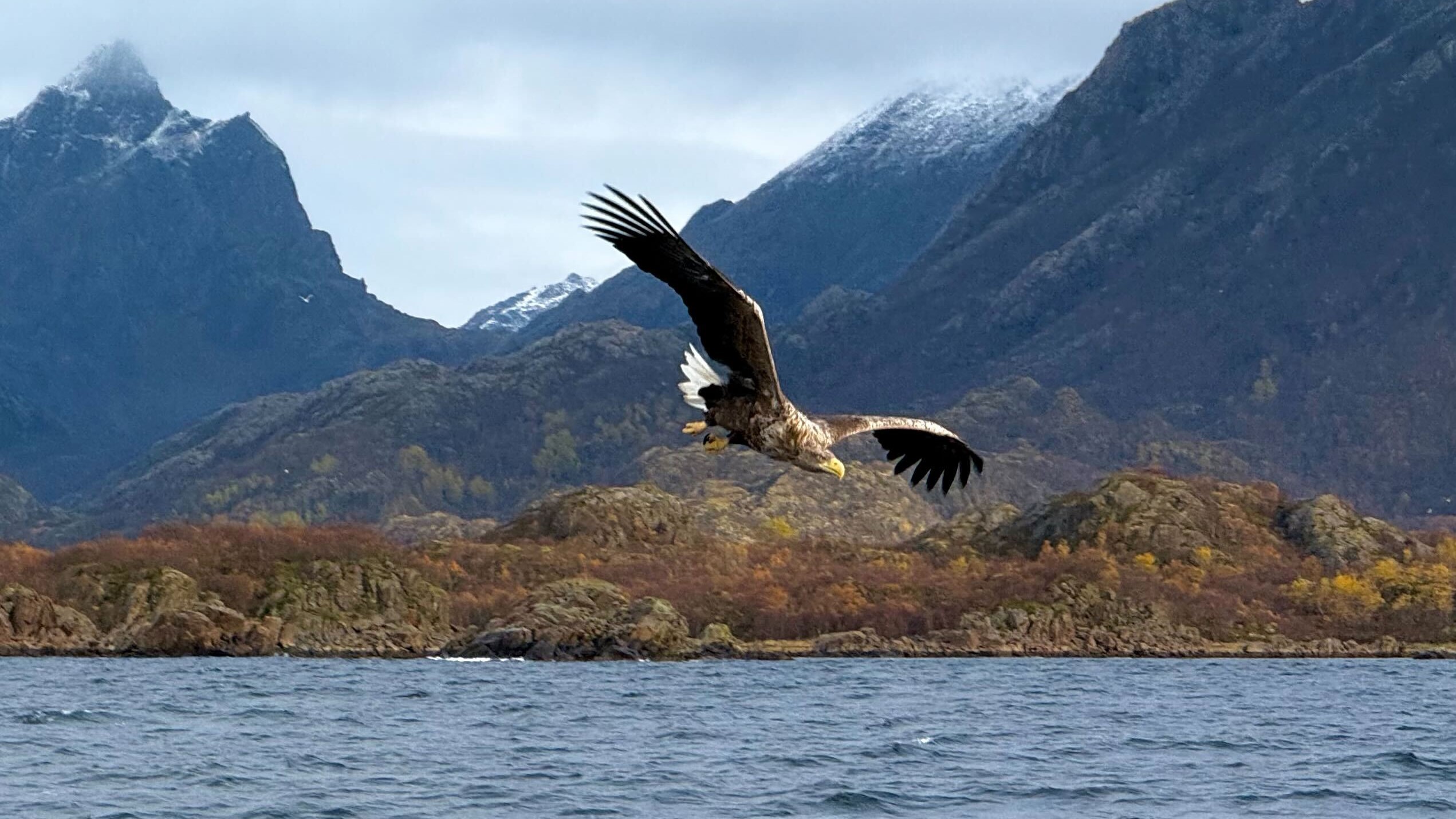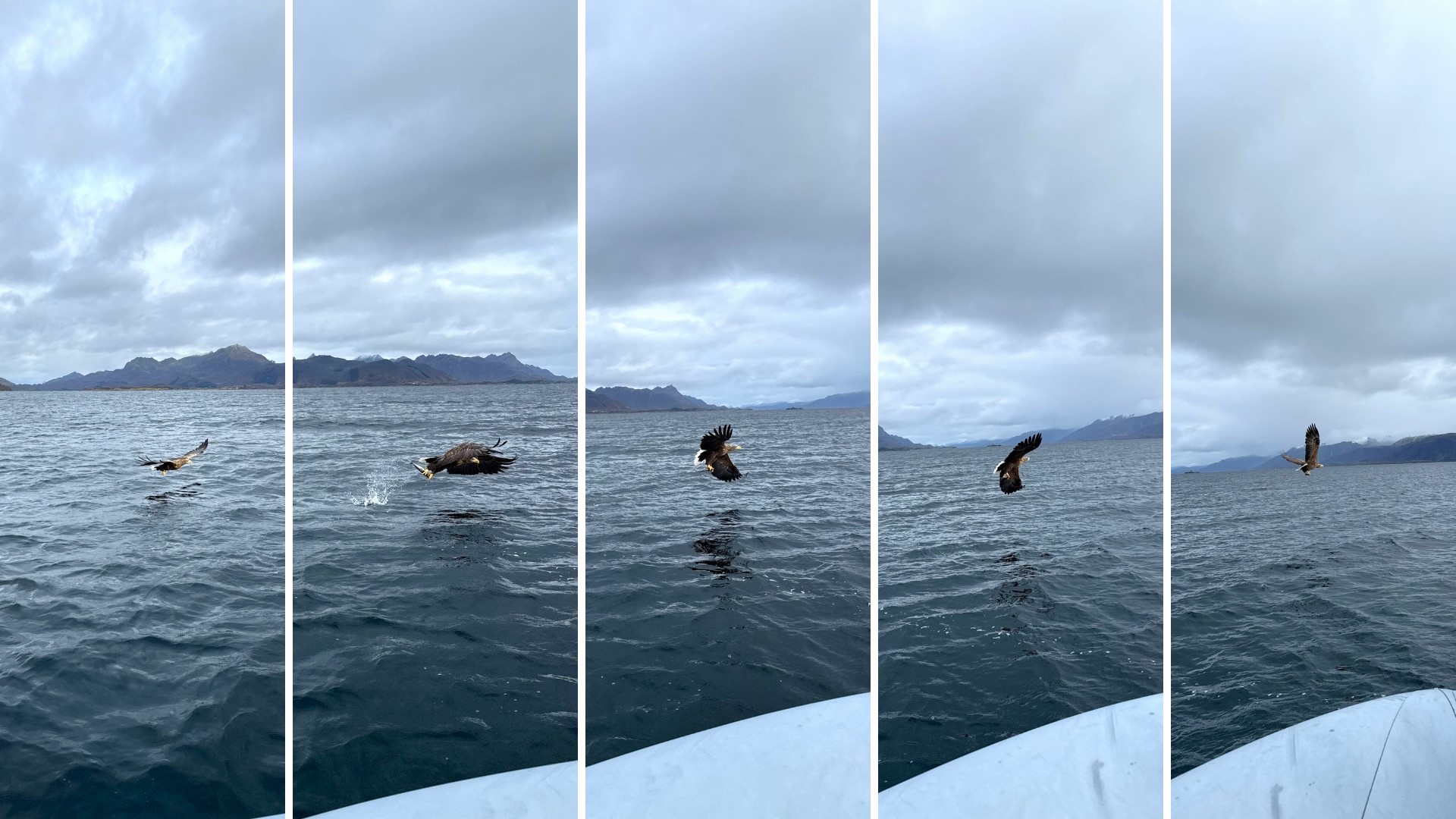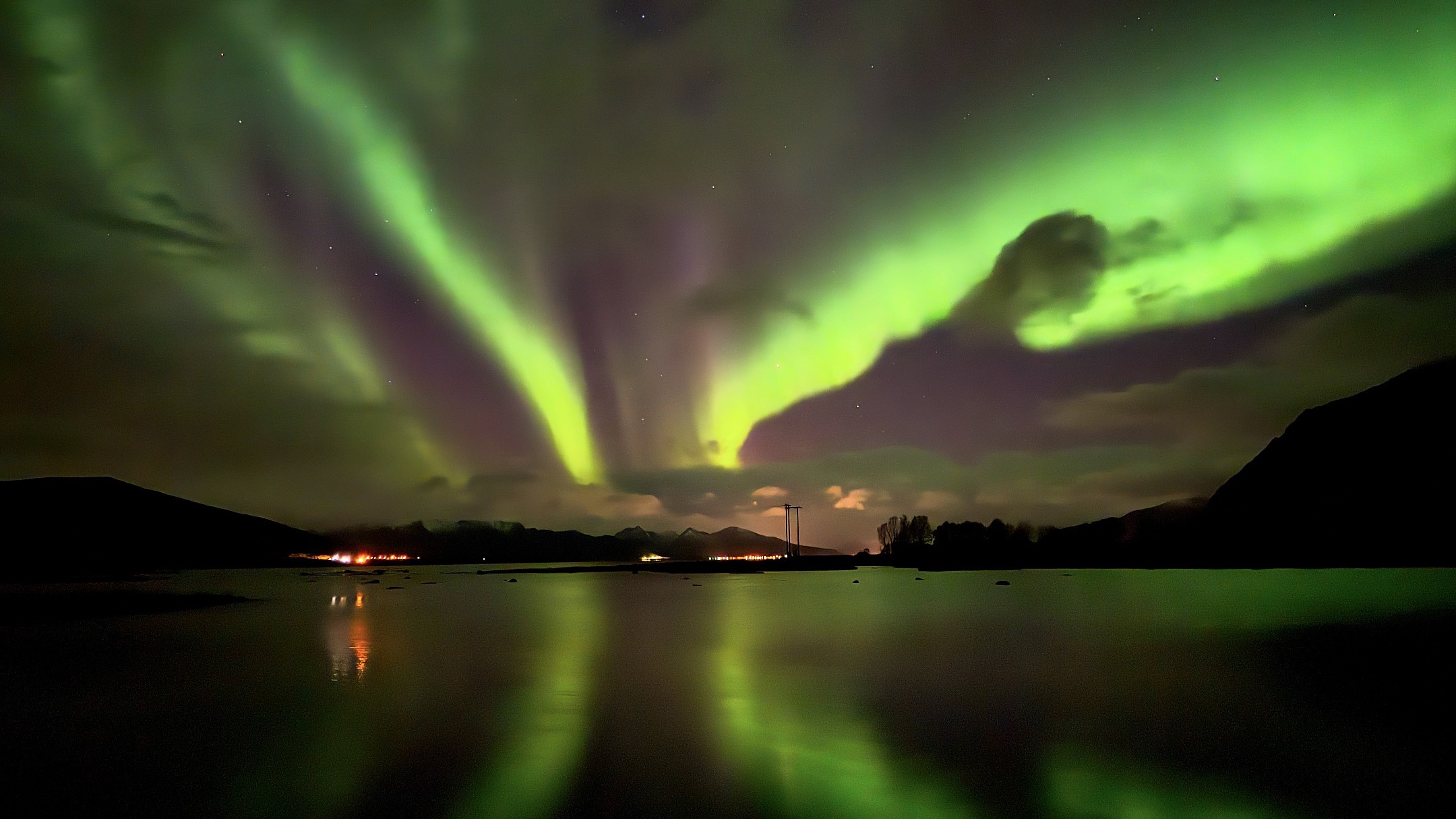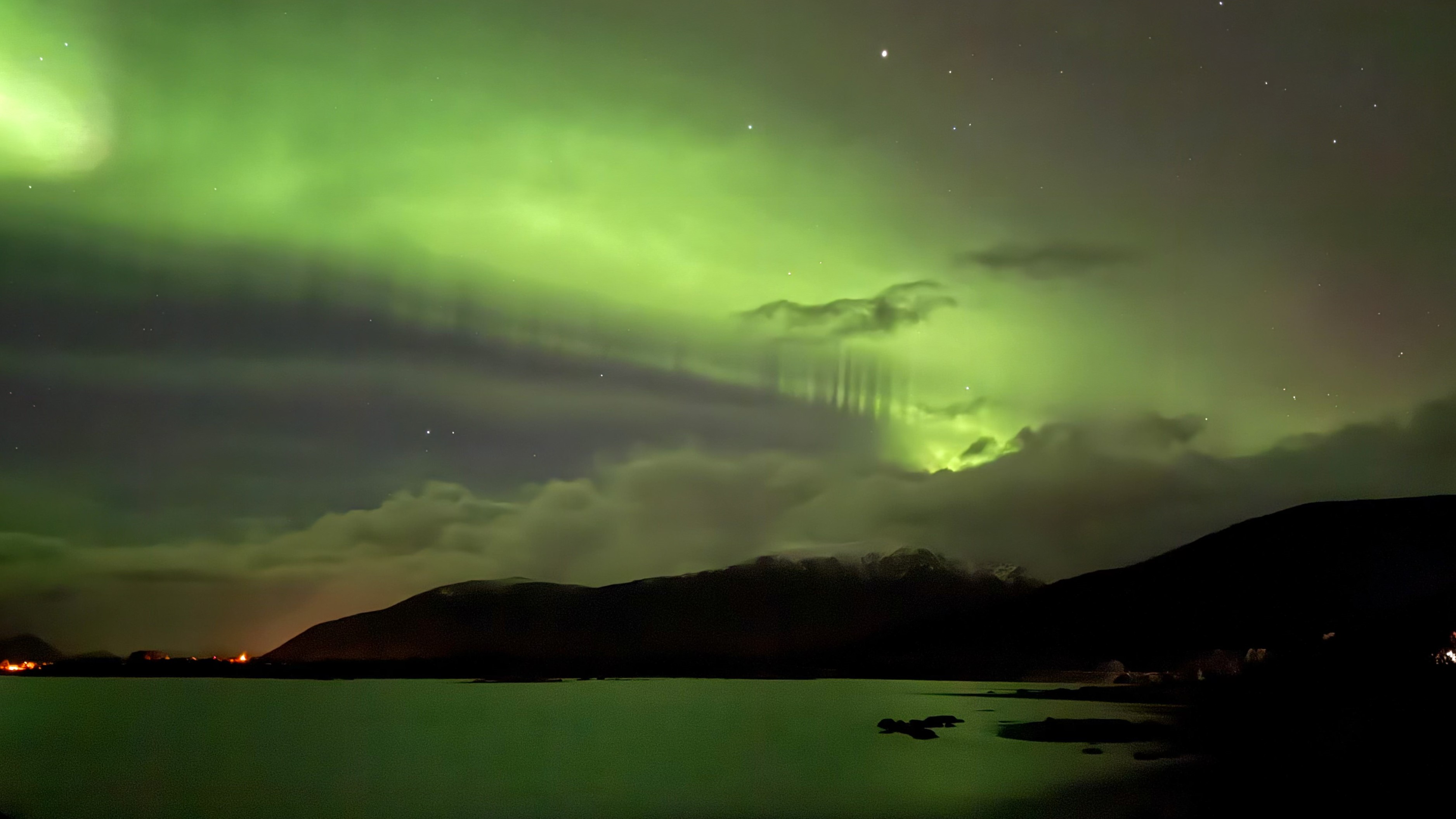More than just auroras — My Norwegian adventure with The Northern Lights Company
When people ask me “Where shall I go to see the northern lights?” my answer is usually “Auroras are not guaranteed, so choose somewhere you want to visit regardless of the northern lights. Then, if they show up, it’s a bonus.”
So, when faced with a rather grizzly forecast of heavy rain, clouds and wind during my northern lights trip to Norway’s Vesterålen archipelago, I was relieved I was going with The Northern Lights Company because the tour offered much more than auroras. With so many daytime activities to keep us occupied, I knew that even if the weather wasn’t in our favor, it would still be an amazing trip.
And I was right.
The Northern Lights Company offers a wealth of tours for people who wish to see and photograph the northern lights and experience the best the beautiful Vesterålen archipelago has to offer. The small group of eight people was the perfect size to keep the experience intimate. Tour director Chris Percival was extremely attentive, knowledgeable and fun. The small group size and entertaining tour leader made for a very special trip.
Related: Where to see the northern lights (a guide)
First, the landscape was jaw-dropping. I hadn’t visited this part of the world in autumn before, and the colors took my breath away. The silver birch forests had turned a fiery gold against a backdrop of deep-green pine trees and a dusting of snow on the mountaintops. With this landscape, combined with the rich blues from the water lapping along the fjord, I felt like I had stepped into a painting.
We stayed at the Scandic Sortland Hotel, which made for the perfect base to rest up and enjoy a lot of great food before we headed out on each adventure. I could not stop staring out the window as we drove along the rugged landscape steeped in beauty. How anyone can focus on the road is beyond me — I’m relieved I wasn’t driving! There was just too much to see!
Want to book?
Head to The Northern Lights Company to check out available tours. The 2024-2025 season is almost sold out, but the 2025-2026 dates will be announced next month. Be sure to register your interest to receive email updates on upcoming trips before they are advertised online.
On our first day, we visited the Norwegian aerospace company Andøya Space, toured their visitor center and attended a fascinating talk by astrophysicist José González Pérez. He introduced Andøya Space and its history including the “Norwegian rocket incident”. In 1995, due to a series of miscommunications Russian officials briefly misinterpreted a Norwegian scientific rocket, a Black Brant XII, launched from Andøya Rocket Range on Jan.25, 1995, to be a nuclear attack. The incident very nearly triggered an accidental nuclear war. Pérez then delved into the science, history and myths surrounding the northern lights, offering an insightful and engaging perspective.
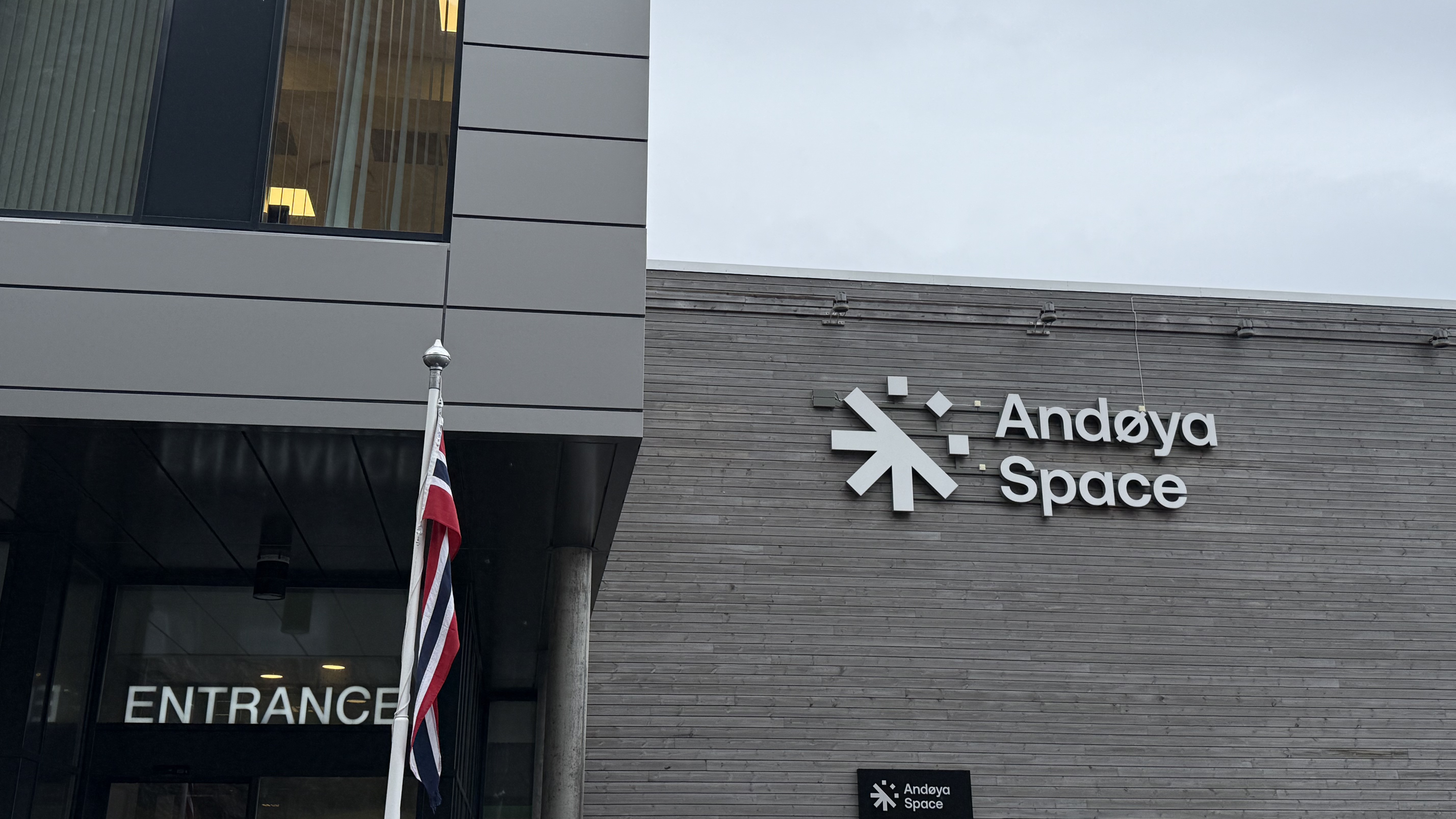
Then, once we were aurora “experts,” we stepped into the center’s interactive “Spaceship Aurora” simulation game, where, if we were lucky, we’d make it to space and back safely so we could continue the rest of our trip. You guessed it: We were successful, minus a few oxygen and navigation issues, and we made it back in one piece — phew!
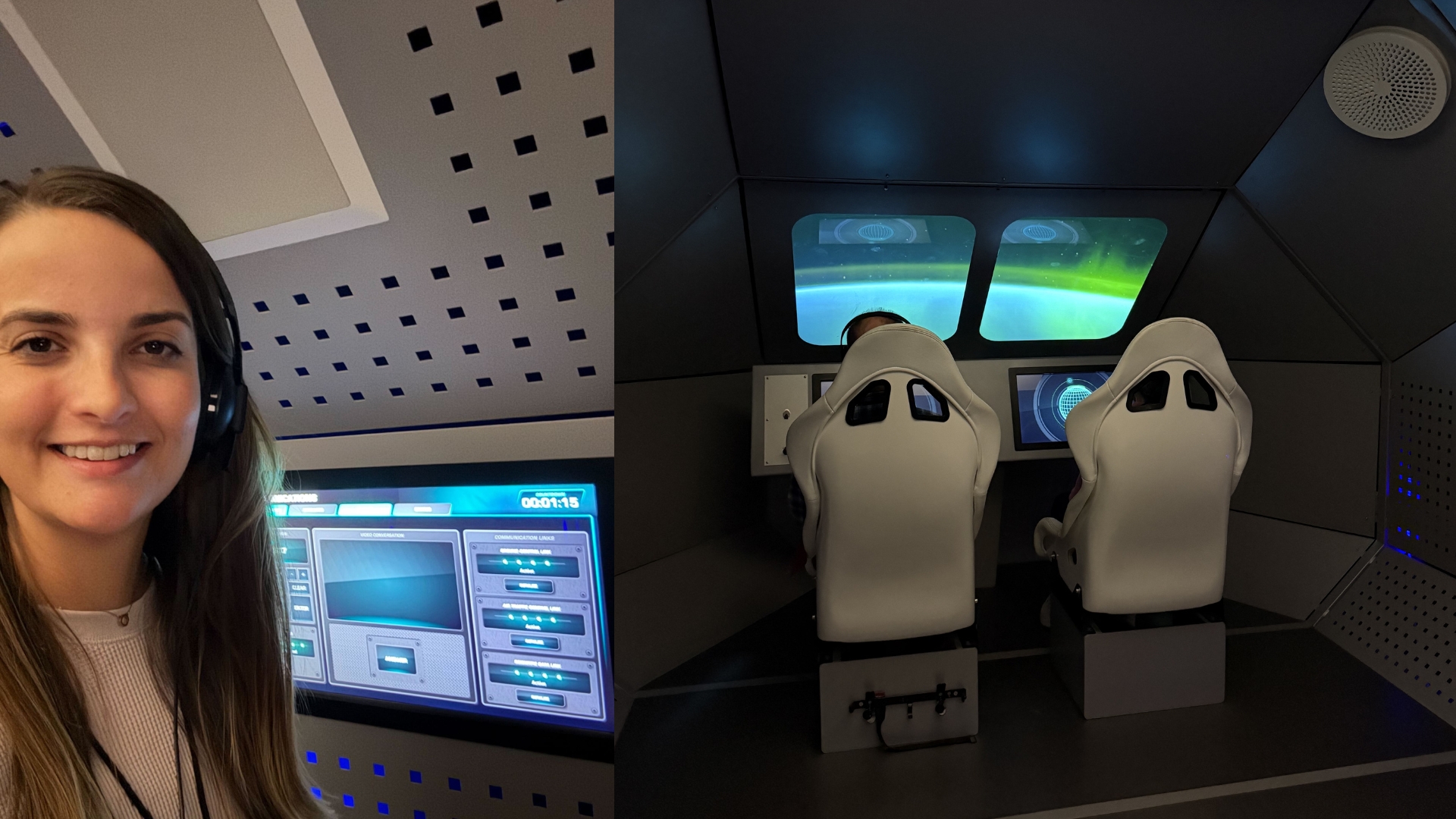
Located in the rugged Arctic landscape on Andøya Island, the new spaceport is among the most visually stunning in the world. It boasts an exceptional name: “Andøya” translates to “Duck Island,” and I eagerly anticipate the launch of orbital rockets from the Duck Island Spaceport.
Andøya Space’s Sub-Orbital division has been a leading European launch provider for sounding rockets and scientific balloons since the company first launched a sounding rocket on Aug. 18, 1962. Andøya Spaceport is gearing up for its first orbital rocket launches, which will carry payloads of up to 1.6 tons (1.5 metric tons) into orbit. These launches will help meet the increasing demand for European launch capacity and support the region’s growing space industry.
After I had spent the day learning about auroras, my anticipation to see them was building — but, unfortunately, so were the clouds. The weather had been rather bleak since we arrived, and it seemed to be worsening. But it didn’t dampen our spirits: To my surprise, everyone shared the same positive outlook — that it’s all part of the experience, and aurora chasing is full of uncertainty. Because our Northern Lights Company tour offered a wealth of additional daytime activities, it almost took the pressure off the northern lights at night. If we saw them, it would be great — but if not, we’d still have a blast. I remained hopeful that our luck would change; every glimmer of blue sky fed the optimism.
On the second day, we enjoyed a fascinating glimpse into the culture of the Sami, an Indigenous people who live in parts of northern Norway, Sweden, Finland and Russia. In Norway, approximately 2,600 Sami still make a living from herding reindeer, and we visited a family who practices this way of life.
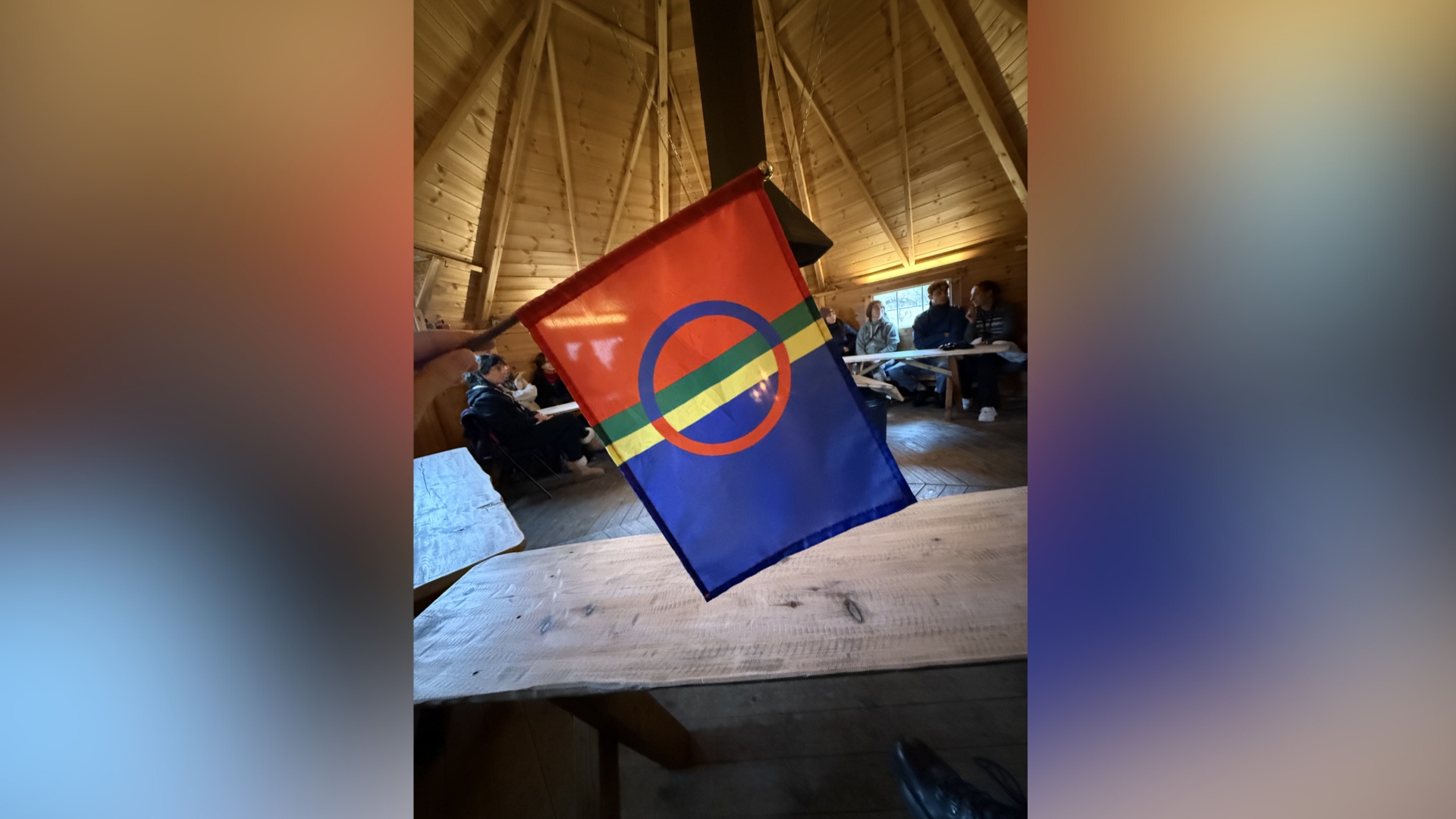
We enjoyed a fascinating and poignant talk about Sami life from their social oppression and discrimination to their role in society today. We learned how the Sami were once regarded by many as a “backward” or “uncultured” society, and faced years of persecution. But the Sami educated us about their rich cultural history and inherent understanding of nature. They also taught us that they had more than 300 words for snow, more than 200 words for reindeer and not a single word for war. A powerful message indeed.
Fortunately, nowadays Sami culture is more widely respected and the establishment of the Sami Parliament in 1989 is helping to improve the Sami’s political position and protect Sami interests. According to the Sami Parliament of Norway it “identifies its own priorities and develops its own policies, based on its mandate from the Sámi People and dialogue with our communities.”
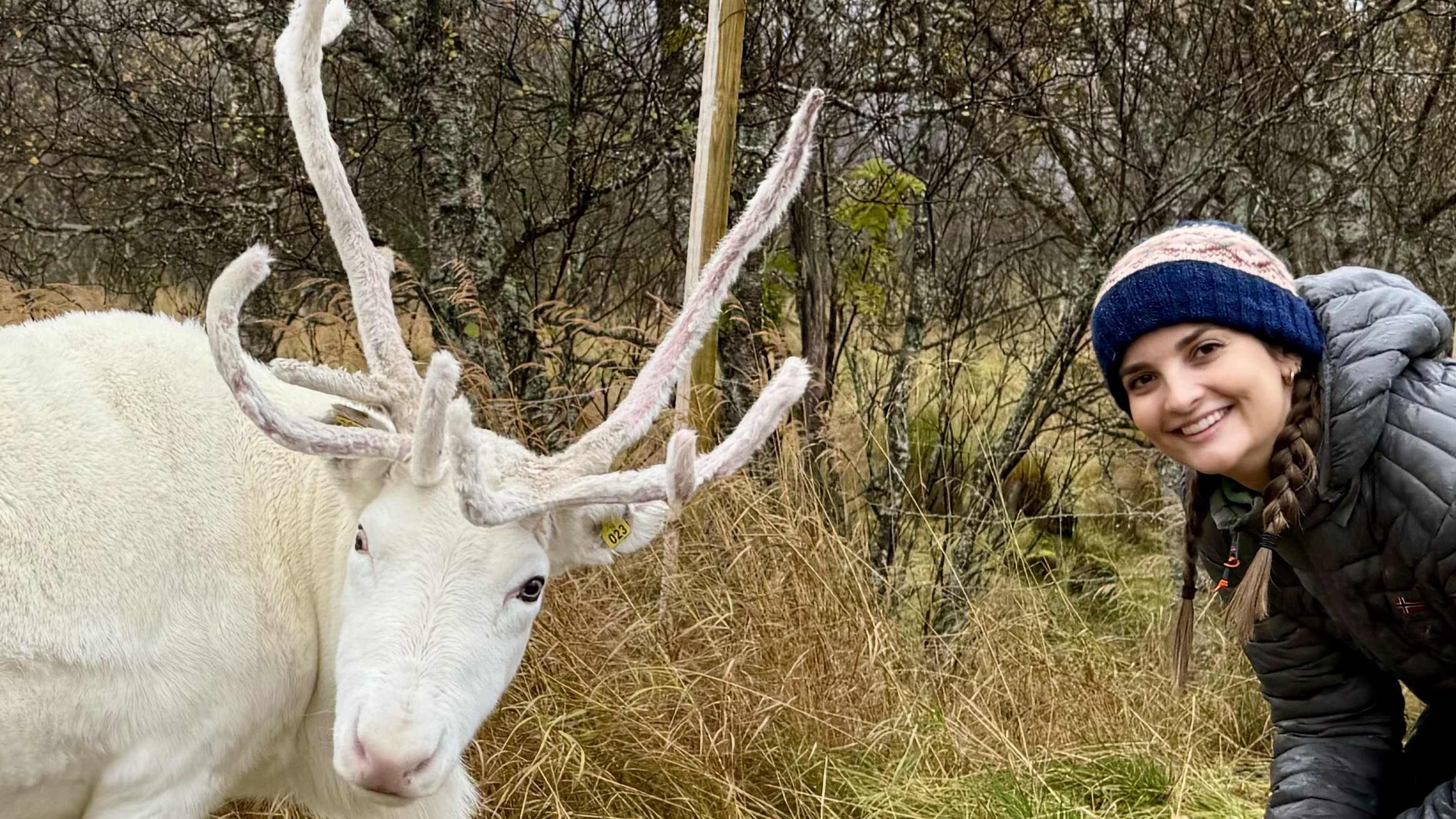
We were then led outside to meet and feed some reindeer. I was amazed by how gentle and sociable they were; they hastily gobbled up handfuls of food pellets. When the food ran out, it was time to feed ourselves, so we headed back inside for lunch — with reindeer soup on the menu! Those who had the reindeer soup thoroughly enjoyed it. As for me, I am what the Sami call a “bad hunter” — that is, vegetarian. I opted for a delicious tomato soup instead.
That night, my aurora alert and space weather apps kept pinging as the geomagnetic activity surged to G4 levels throughout dinner. It felt like it could be the night! Unfortunately, the weather still wasn’t cooperating.
With the odds stacked against us but a slim chance of catching a break in the clouds, we headed to a beach near Nykvåg, with our fingers (and toes) crossed! I was juiced up with excitement. We set off in the driving rain, with everyone hunting for a star to signal darkness and an all-important break in the clouds. While busy looking at the sky, we almost missed a moose standing by the side of the road! The car slowed as we approached the animal, giving us time to say a quick hello before continuing our venture west.
As we arrived at the skywatching spot, a brief break in the clouds revealed a stunning sight: a vivid, ruby-red aurora filling the open sky. The rich red hues illuminated the gap, creating an unforgettable moment. I was in awe; I had never seen an aurora this pink and red. These are usually observed only by those lucky enough to catch auroras while looking northward from the south. But remarkably, the geomagnetic storm was so strong, it had shifted the auroral oval farther south. That was good news for skywatchers across Central Europe and North America — they were in for a great show.
The shift of the oval meant the peak of activity was no longer overhead; it had moved slightly southward. But the dreamy pinks and reds did not disappoint. We stayed out for a couple of hours until the clouds swept back in and covered the view of the glorious light show. It was time for bed.
The next day, we headed out on a sea eagle safari aboard a RIB (rigid inflatable boat), zipping across the jaw-dropping landscape in the hope of spotting the fourth-largest species of eagle in the world. It didn’t take long for the first sea eagle to appear. They were accustomed to our guide, and they knew fish was on the menu when they spotted an RIB filled with fluorescent tourists.
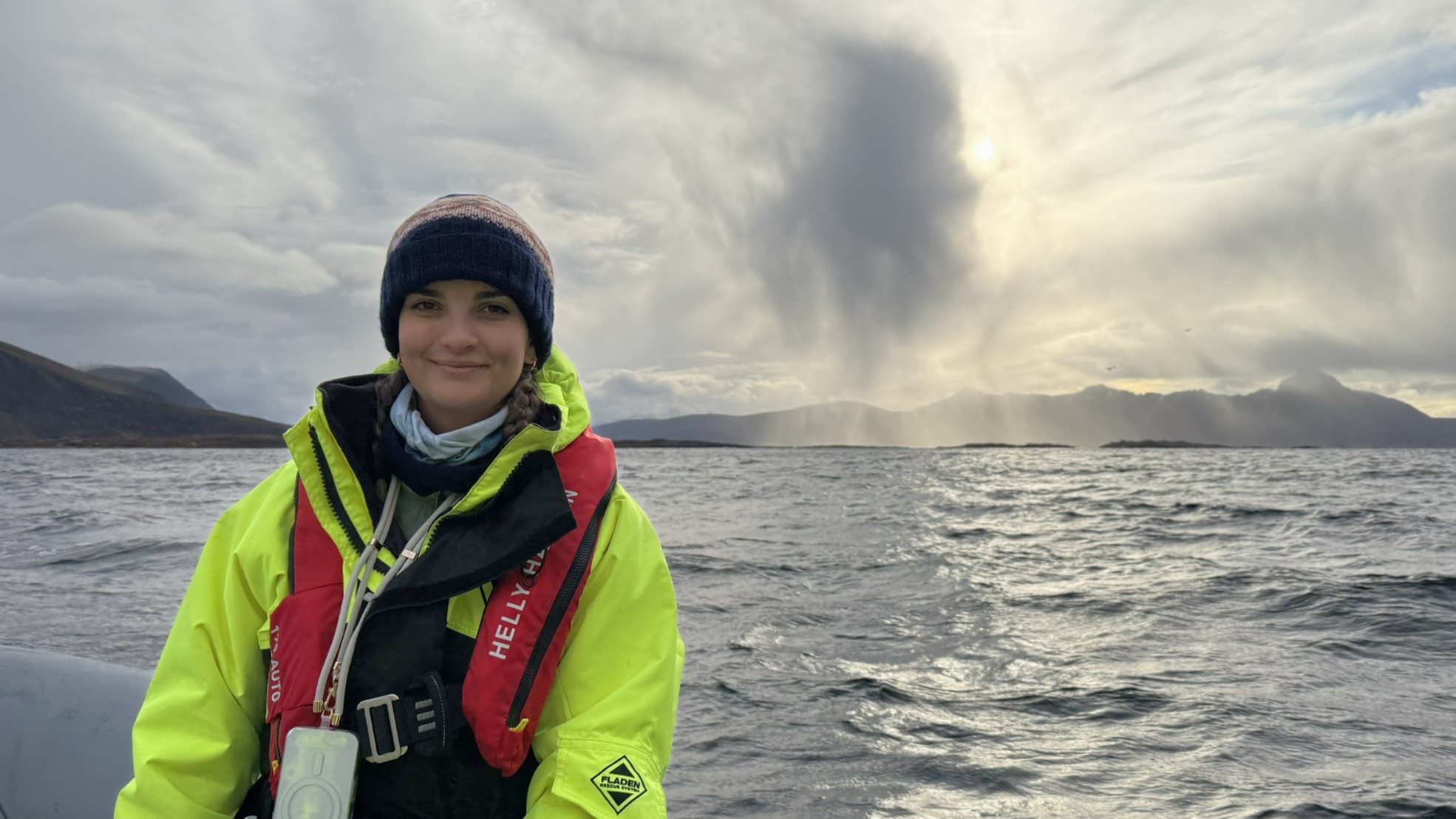
Our guide tossed a frozen fish from the boat, and we soon witnessed the sheer power of a sea eagle with its impressive 6.5-foot (2-meter) wingspan swooping down and catching the fish. The fish were frozen to prevent opportunistic seagulls from snatching them before the eagles had their chance. Whereas the gulls couldn’t grip the frozen fish with their beaks, they were no match for the sea eagles’ razor-sharp talons.
There were also younger sea eagles that were still refining their hunting skills. A bit unsteady in flight, they often needed multiple attempts to catch the fish, frequently fumbling or dropping it in midair or missing it entirely. After a couple of hours, we returned to base, and the group enjoyed a fresh fish soup. (The “bad hunter” menu included salad, egg and warm bread.)
That night, the weather forecast appeared more favorable, though still not ideal. But I was optimistic.
Percival somehow managed to find us a sliver of clear sky that opened up above us and revealed one of the most dazzling aurora shows I’ve ever seen. The colossal green curtain of light descended upon us, dancing to the whims of Earth’s magnetic field.
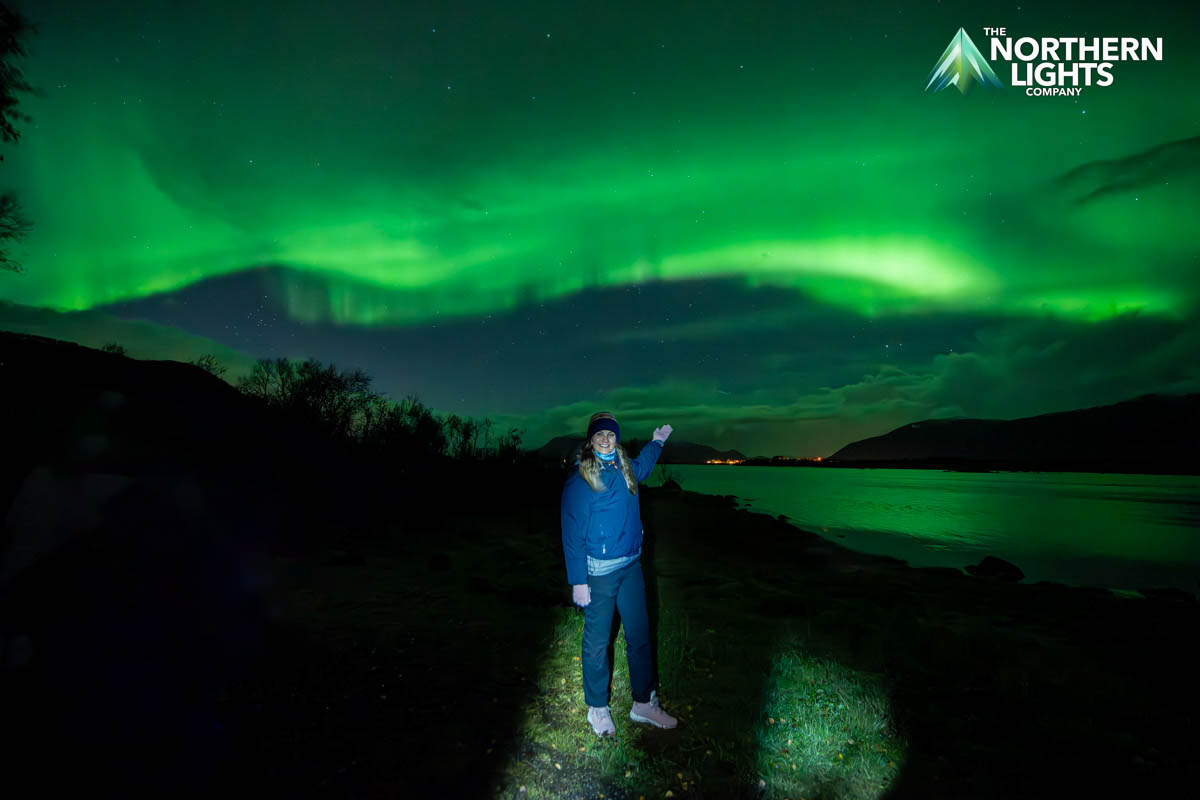
The weather was incredibly unpredictable, alternating between heavy rain and clear skies. The wind would pick up and then settle down just as quickly. That night, we explored several stunning locations, each offering unique views. I was thrilled to see the aurora was so bright, it reflected clearly off the water.
That was certainly a night to remember.
On our final full day of the tour, unfortunately, we couldn’t travel south to the Lofoten Islands as planned, due to heavy rain and strong winds. But instead, we were soon headed on a much shorter drive to Stokmarknes, where we enjoyed a few hours at the Hurtigruten Museum. A wonderfully quirky attraction whereby a museum was built around an entire ship, MS Finnmarken, is the ultimate “ship in a bottle.” Visitors can walk around inside MS Finnmarken and get a taste of what it was like to voyage on a ship from 1956. You can even enjoy lunch inside the old dining room and imagine what it was like back in the ship’s heyday, before its retirement in 1993.
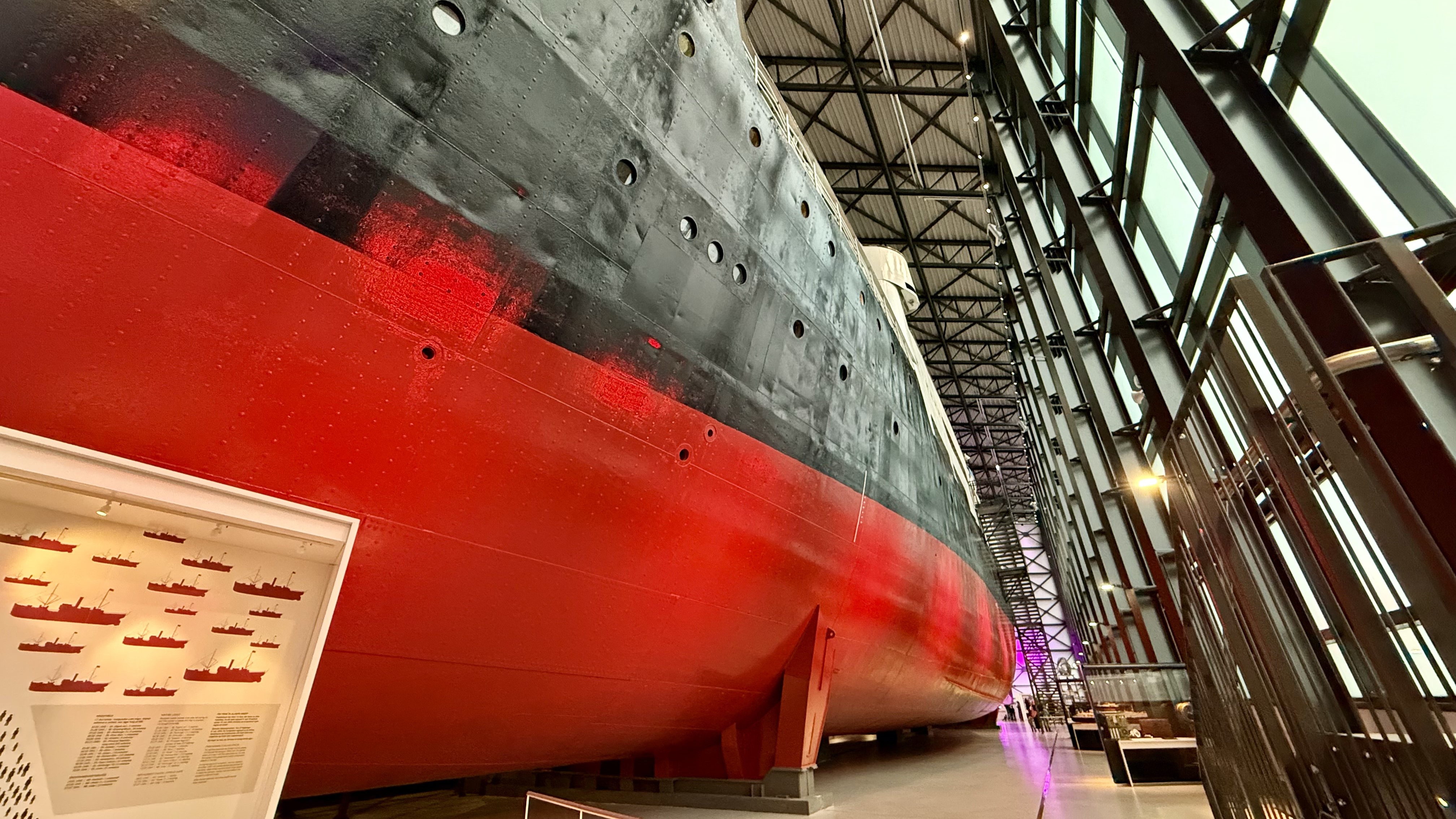
During our visit, we explored the captivating stories and lives of both the seamen and passengers of the Hurtigruten throughout the years. We gained insight into the crucial role the Hurtigruten has played in supporting remote communities along the Norwegian coast. Having had the pleasure of experiencing two Hurtigruten voyages — one on the hunt for the northern lights and the other to experience the midnight sun during the summer solstice — I enjoyed learning more about its unique place in history.
Next, Percival took us on a scenic tour of Hadseløya island. During a brief pause in the rain, we seized the opportunity to take a short stroll to a charming little beach. I could see snowcapped mountains dotted along the horizon; they faded in and out of view through the clouds like a dramatic Arctic mirage. Unfortunately, the weather prevented us from hunting auroras that night.
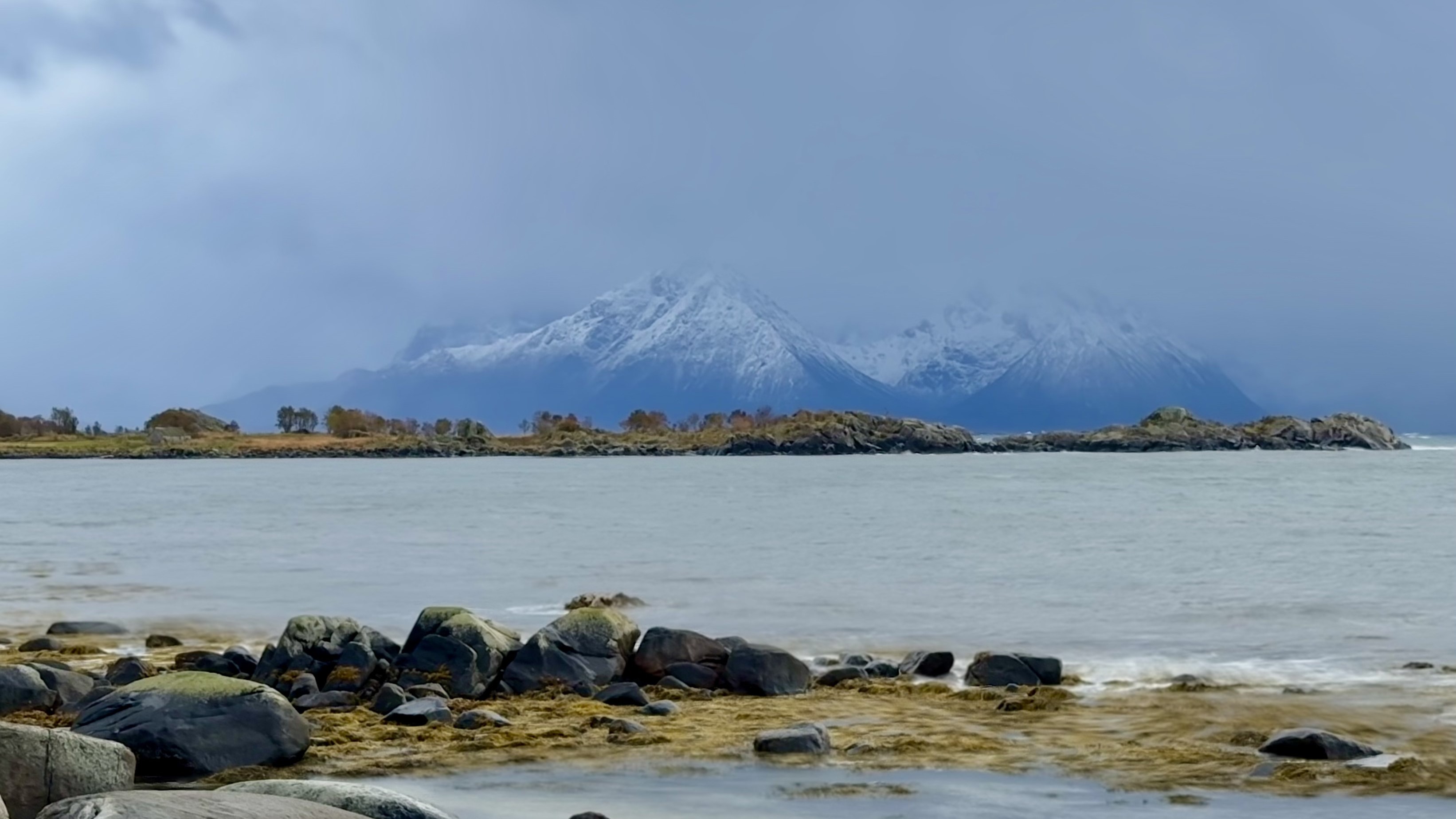
On our final morning, the sun finally made an appearance, teasing us with warm, rich hues as we headed to the airport — talk about timing.
This was a truly unforgettable trip, for all the right reasons! The experience highlighted the importance of planning a northern lights trip that offers more than just auroras. Although we were treated to two fantastic nights of light shows, the weather thwarted our efforts to see them the other nights.
As I always remind people, the northern lights are not guaranteed, no matter where you go. You can have the perfect geomagnetic conditions, but if the weather doesn’t cooperate, you’re left staring at a thick blanket of clouds. Similarly, you can have the clearest skies, but if the space weather is dull, you’ll be left in the dark.
Thankfully, on my trip with The Northern Lights Company, there were so many activities to enjoy throughout the day, a lack of auroras wouldn’t have been a disaster. Even if we hadn’t seen the northern lights, we would have been entertained and gained rich insight into Norwegian and Indigenous culture and life.
You can’t control the weather but you can control how you choose to experience it and during my trip with The Northern Lights Company I can safely say that we made the very most of it, capitalizing on the better weather conditions wherever possible. So if you’re seeking a fun, informative and personal experience that gives you a great chance of seeing the northern lights, look no further than The Northern Lights Company.
Full disclaimer: Space.com participated in a press trip organized by The Northern Lights Company, which provided a subsidized tour. All additional travel and expenses were covered independently by Space.com.
Source link

